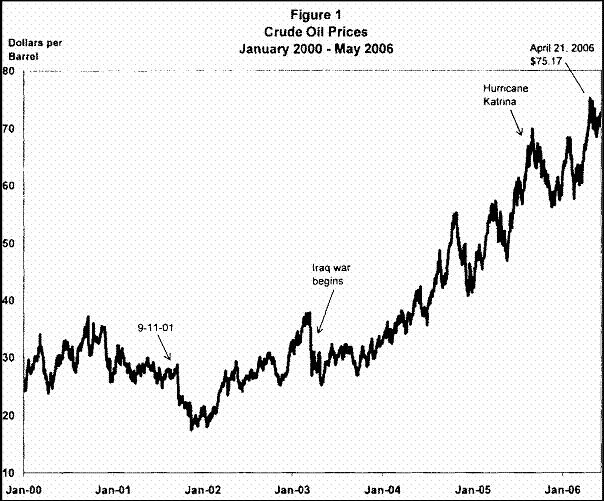
Below is a complete listing of the articles in "How to Talk to a Climate Skeptic," a series by Coby Beck containing responses to the most common skeptical arguments on global warming. There are four separate taxonomies; arguments are divided by:
* Stages of Denial,
* Scientific Topics,
* Types of Argument, and
* Levels of Sophistication.
Individual articles will appear under multiple headings and may even appear in multiple subcategories in the same heading.
Very interesting resource, check it out at Gritsmill.




